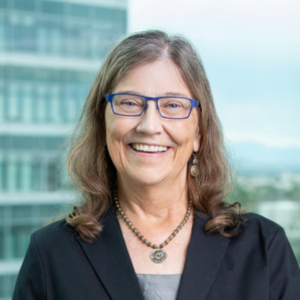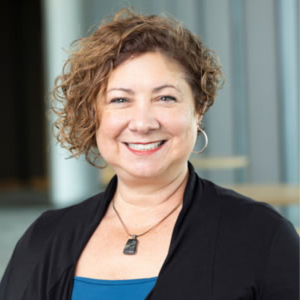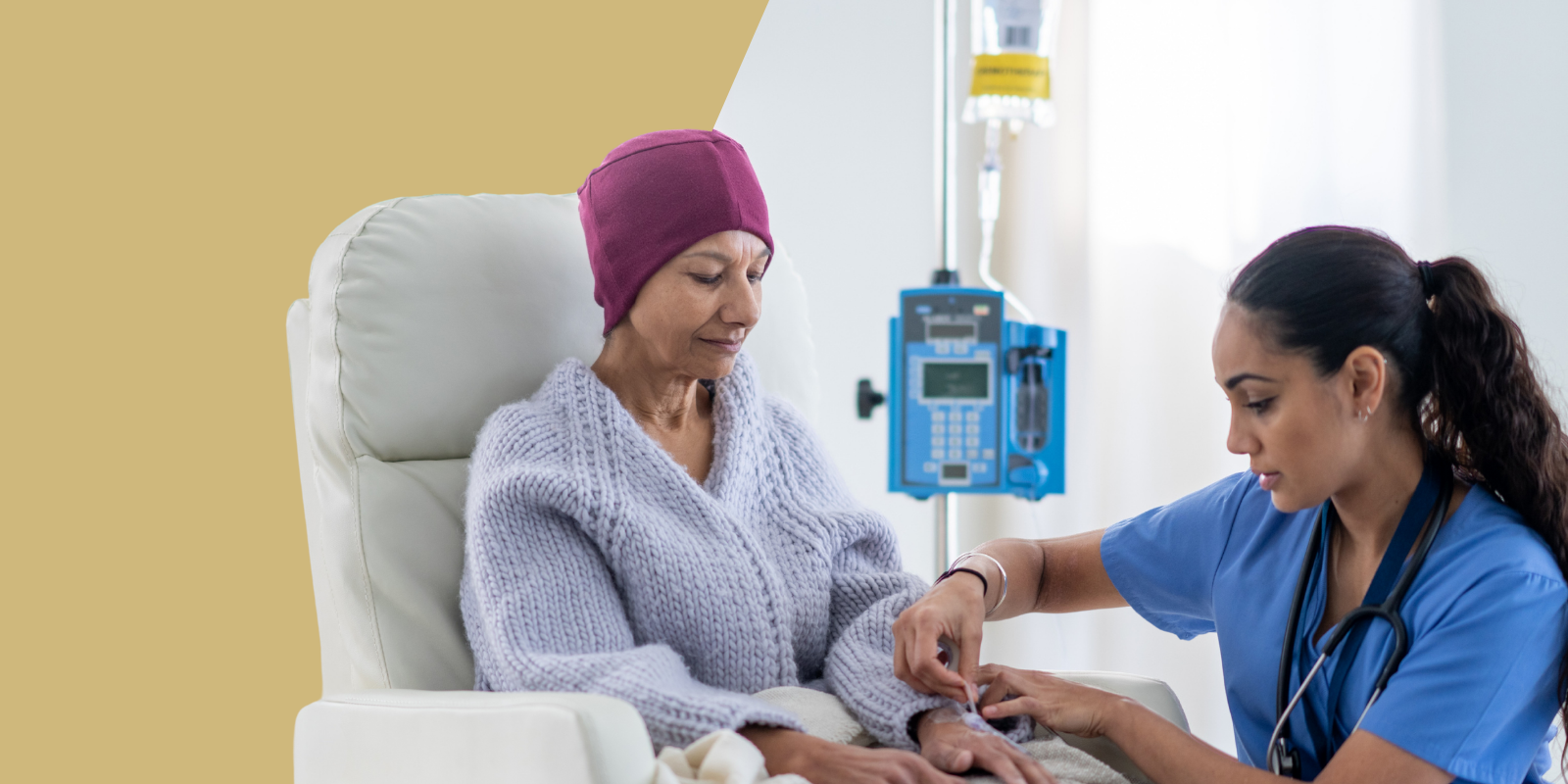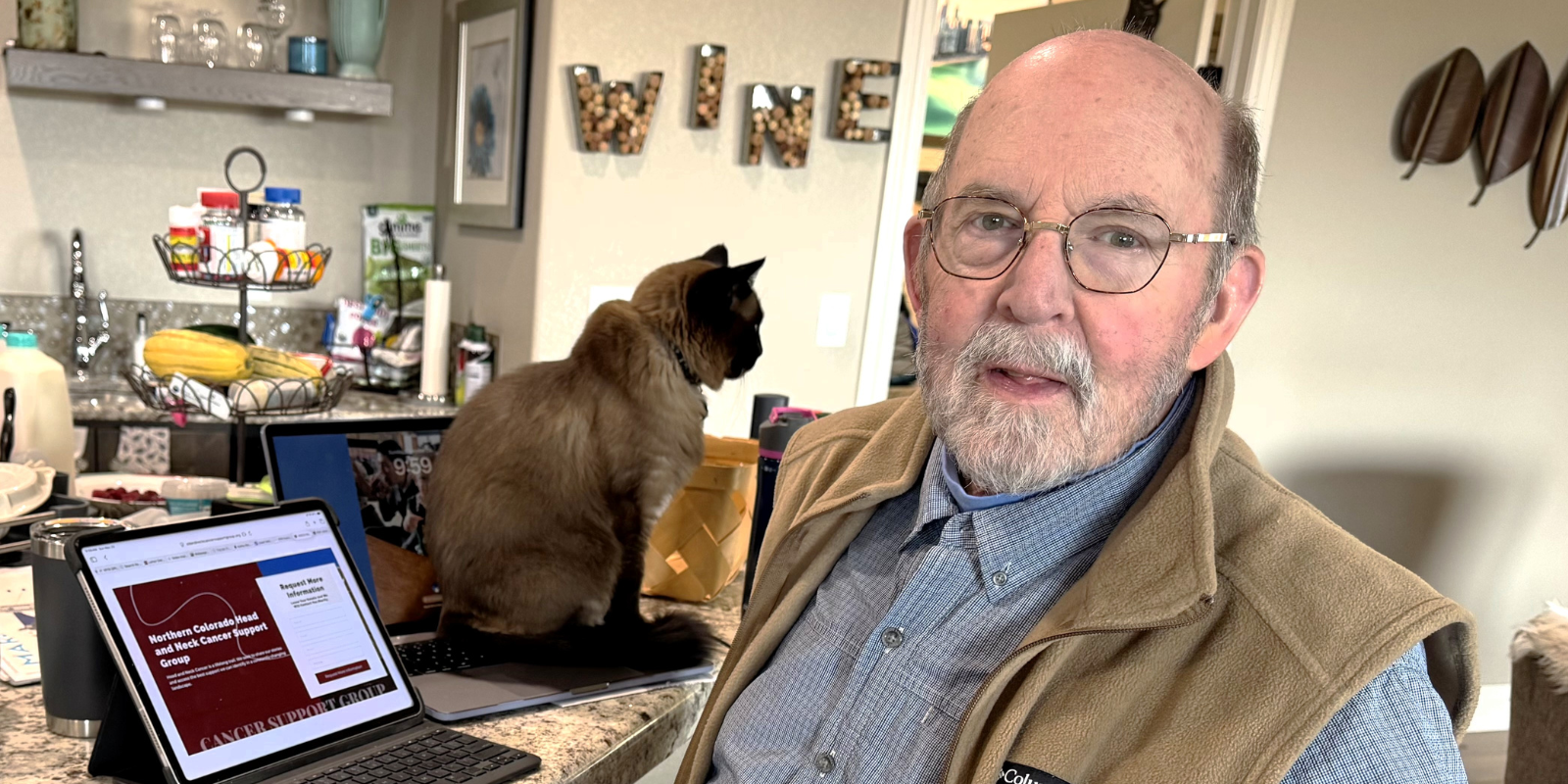Cancer rates are not the same for everyone – and the fact that they differ by race and ethnicity, among many other categories of people, leads to the realization that health inequity is a factor in those disparities.
That realization drives a number of initiatives at the University of Colorado Cancer Center aimed at addressing factors behind differing cancer prevalence and death rates among diverse groups of people.
“We’re always talking about a cancer continuum, and so many disparities can occur all along that continuum,” says Linda Cook, PhD, the CU Cancer Center’s associate director of population science and David F. & Margaret Turley Grohne Endowed Chair for Cancer Prevention & Control at the Colorado School of Public Health.
“It starts with the way you’re living your life, your behaviors, your exposures, the stressors applied to you. It’s where you live – how far are you from health facilities? And then it’s whether you get cancer screening and when you get it. And then it’s at what stage you get your diagnosis, and when you go on to have treatment, and what sort of treatment is it? Do you have the right insurance, or do you have to self pay? Is our system user friendly for everyone? All these have the potential of accentuating cancer incidence and survival.”
A range of rates
Rates of various cancers – both new-cancer incidence and death rates – vary widely across the United States based on race and ethnicity, as well as other factors such as age, sexual orientation, gender identity, geography, and economic status. Rates also vary for key cancer-care milestones, such as screening, diagnosis, and treatment.
Among key differences:
- Black Americans have the highest death rate for cancer overall among racial and ethnic groups, followed by Native Americans. Black people are more likely than white people to be diagnosed with female breast, lung, and colorectal cancers at a late stage.
- For most U.S. racial and ethnic populations, heart disease is the leading cause of death, but cancer is No. 1 for Hispanic people and for Asian Americans.
- The overall rate of screening for cancer is lower among Black, Hispanic, Asian, and American Indian populations than for white people.
- Hispanics are less likely than white people to be diagnosed with cancer at a localized stage, particularly for melanoma of the skin and female breast cancer.
- Black and Hispanic children diagnosed with brain and spinal cancers tend to have worse outcomes than do white children.
- Refugees and other immigrants to the U.S. experience major disparities in cancer screening, and certain segments of that population also have higher rates of cancers attributable to infections linked to their places of origin, such as bile duct cancer.
- People of color – especially Black people and foreign born Hispanic and Asian people – are more likely to report unmet needs for cancer care, including supportive care.
- Black people are less likely than white people to get stage-appropriate cancer treatment, less likely to get a lung cancer screening after referral, and less likely to be treated with chemotherapy and radiation for colorectal cancer. Black women are more likely to experience delays in the start of breast cancer treatment.
- People who identify as lesbian, gay, bisexual, and queer (LGBTQ+) may have a higher risk of getting certain cancers than those who identify as heterosexual or cisgender. Potential cancer disparities that exist in anal, cervical, breast, lung, and other types of cancer are often due to discrimination, stigma, and other social determining factors.
In Colorado
Rates for most major cancers are lower in Colorado than the national rates, breast cancer being a notable exception, according to National Cancer Institute data for 2016-2020. But rates vary among different populations and in different locations. Among the disparities here:
- While overall cancer incidence rates for white people, Black people, Asian/Pacific Islanders and American Indians are lower in Colorado than for each of those groups nationwide, the rate is higher for Hispanic Coloradans than for Hispanics across the country.
- Hispanic Coloradans have higher rates of new colorectal cancers than white people in the state and lower rates of colorectal cancer screening.
- There are regional differences within Colorado as well. Overall cancer incidence rates are higher than the state average in several rural Colorado counties. In 16 Colorado counties, including larger counties like Denver, Pueblo, Larimer, and Jefferson, Hispanic residents have higher overall cancer incidence rates than the statewide average for Hispanics. In Pueblo County, cancer rates for Black people exceed the national and state rates.
Behind the disparities
Research into cancer disparities points to a number of factors that help explain them:
- Economic and social inequities, including those stemming from racism, that make quality health care harder to access.
- A lack of adequate insurance.
- Genetic and hereditary factors.
- Living in rural areas far from advanced medical facilities, coupled with a shortage of specialized cancer care in local clinics.
- Environmental risks that may be more prevalent in more diverse communities.
- Underrepresentation of certain groups in clinical trials and other research, resulting in treatments that are less effective for those groups.
- Cancer screening guidelines that fail to take into account the higher prevalence of cancer among certain groups.
- A lack of diversity among the health care workforce, leading to cultural gaps between providers and underserved communities.
Cancer Center initiatives
Miria Kano, PhD, arrived at the CU Cancer Center in August to serve as the new associate director for diversity, equity, inclusion, and access (DEIA). Part of her team’s mission is to address factors behind cancer disparities by ensuring that cancer innovation, discovery, prevention, early detection, multidisciplinary care, education, and outreach at the cancer center uphold DEIA values.
“Our aim is to do a number of things, like recruiting people who have been historically underrepresented in medicine,” Kano says. “We go to different conferences and talk to people about the research and health care opportunities we have here at the CU Cancer Center. We’re also doing trainings on campus to elevate awareness of cancer disparities and the catalyze new research to address those disparities. Those are ways we can enhance care for different people.”
The CU Cancer Center also has pilot funding available “to help support research on underserved groups to address some of these issues,” Cook says. “At our retreats, we have sessions where we highlight research that’s addressing disparities. And we have meetings with our mentored cancer center members in the Cancer Prevention and Control Program to talk about how their research either does or does not apply to addressing some of these health inequities, or how they can move it in that direction.”
Meanwhile, the CU Cancer Center’s Office of Community Outreach and Engagement (COE), launched in 2019 under the leadership of Evelinn Borrayo, PhD, plans and conducts community outreach and engagement efforts to address cancer disparities across Colorado and also helps facilitate community-engaged research and clinical trials.
For example, the COE this year is distributing 1,000 free colon cancer home screening kits at health fair and other events across the state, targeting underserved communities. And last fall, COE launched an advisory and advocacy committee called COE-CARES (for Community Advisors for Research Equity in Science), aimed at giving patients, caregivers and others from various communities a voice in the CU Cancer Center’s research program.
Taking it seriously
In 2020, the CU Cancer Center launched five studies focused on addressing disparities in cancer care and outcomes for Black and Hispanic communities in Colorado, with improved clinical-trial participation a key goal.
Cook and Kano currently are collaborating on a training grant proposal targeting a new generation of researchers from underserved populations.
Addressing cancer disparities “is part of the strategic plan of the cancer center,” Cook says. “Everyone here takes it seriously. And everyone is working towards that common goal.”
Adds Kano: “We take cancer disparities and DEIA initiatives really seriously here at the CU Cancer Center. That’s the reason I came here. I thought, hey, this is a place where we can do something about cancer and health inequities. It’s a fantastic feeling to join a team like this.”





